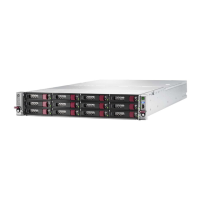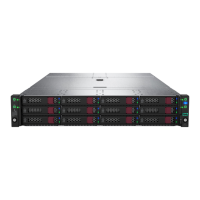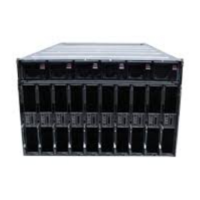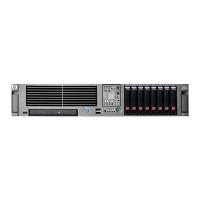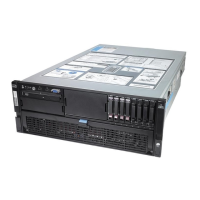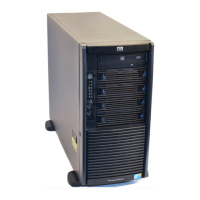Commands
3.25 examine or e
Reads the contents of a storage location. This command enables users to read the data from
CPU registers, micro memory, micro IO space or any I
2
C device. In order to access any I
2
C
device, a user must specify the I
2
C controller, sub bus, I
2
C address, and the microprocessor it
connects to. Users can also write to any MBM/PBM symbol, mainly for debugging purposes.
Syntax
examine
[{[-cabinet <cabinet> -drawer <drawer>]
<device> <address>
[-{b, w, l, q}] [-{ipr, pmem, io,
iic <ctlr>/<bus>/<iicdev>}]},
{*}, {-sym <symbol>}] [-n <count>]
Arguments
* The latest set of arguments to the examine command is used.
device The supported devices are MBM, CMM, PBM, IIC, GPR, IPR
address The address to be read. The default is 0.
Options
-b Perform a byte transaction.
-w Perform a word transaction.
-l Perform a longword transaction.
-q Perform a quadword transaction. This is the default for GPR and
IPR accesses.
-n <count> The number of subsequent locations, in hex. The address is
incremented by the address size qualifier each time. The default
is 0.
-ipr Specifies a CPU IPR.
-pmem Specifies the physical memory space of a device such as MBM,
PBM, CMM, or CPU.
-io Specifies the IO space of a micro such as MBM, PBM or CMM.
-cabinet <cabinet> Rack number in hex. If not specified, the cabinet number from the
last deposit or examine command is used.
-drawer <drawer> Box number in hex. If not specified, the drawer number from the
last deposit or examine command is used.
-iic
<ctlr>/<bus>/<iicdev>
iic
A qualifier that introduces an I
2
C device.
ctlr
I
2
C controller.
bus
I
2
C sub bus.
iicdev
I
2
C device address in hex with read enable.
Examples
1. Write some value to IPR 0x11 of CPU3 in drawer 1 of cabinet 0. Then read it back.
MBM> deposit -ipr -ca 0 -dr 1 CPU3 11 1234123443214321
3-37
